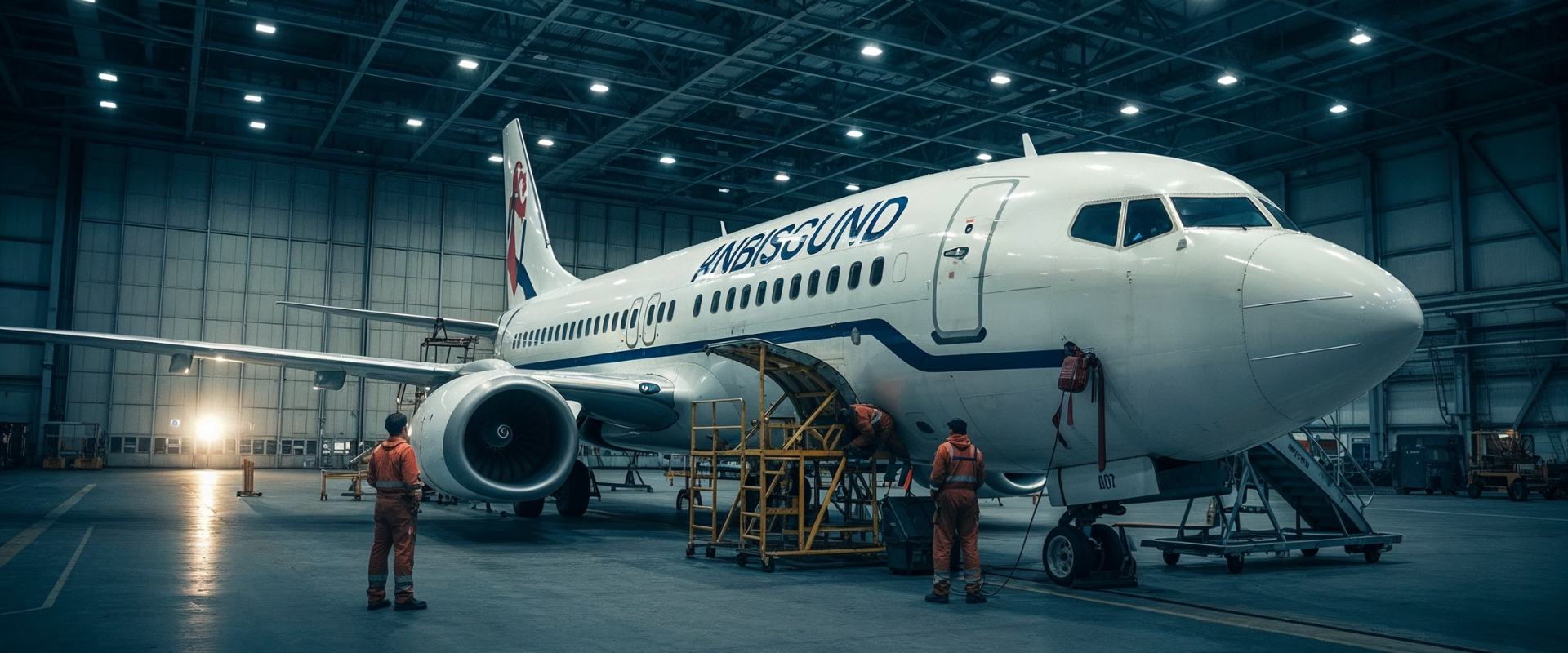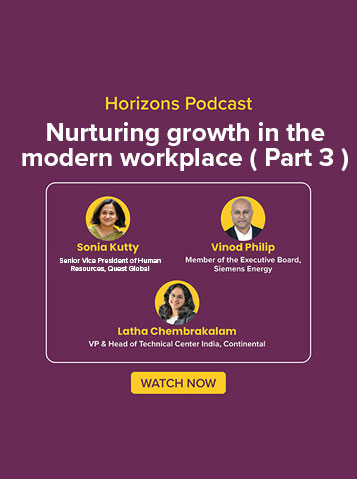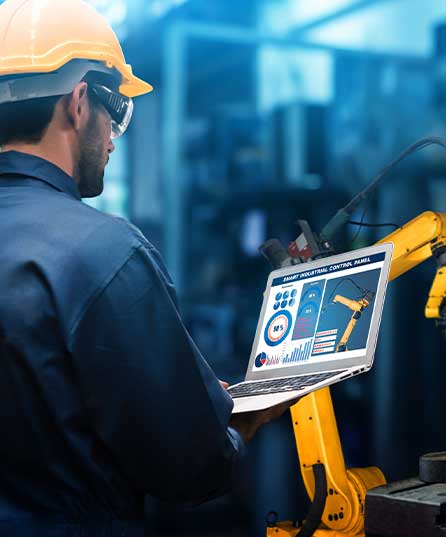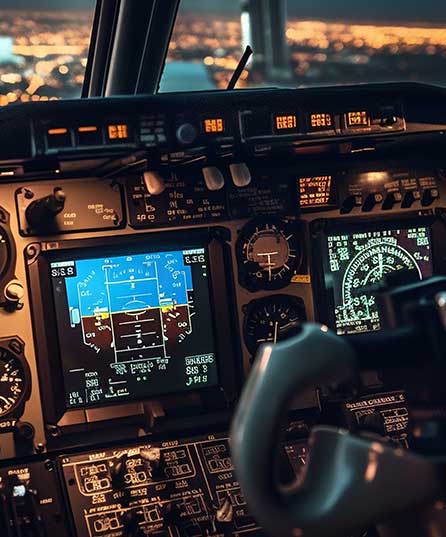
The aviation industry faces a convergence of post-COVID-19 pandemic challenges. Production backlogs stretch to 2035, while 38% of aviation maintenance technicians approach retirement age. Airlines operate fleets averaging 15+ years, with some aircraft exceeding 25 years of service. This reality creates a critical inflection point for MRO operations.
Beyond routine maintenance, aging fleets demand sophisticated engineering solutions for obsolescence management, regulatory compliance, and operational efficiency. MROs must navigate parts unavailability, evolving airworthiness directives, and the integration challenge between legacy systems and digital infrastructure. Leading MROs partnering with specialized engineering firms like Quest Global are converting these operational challenges into strategic competitive advantages through targeted technology deployment and collaborative innovation.
The obsolescence crisis demands new engineering models
When critical components disappear from supply chains, the traditional procurement approach fails. Electronic control units designed decades ago contain processors that may no longer be manufactured. Hydraulic actuators can rely on materials with expired environmental certifications. These scenarios require reverse engineering capabilities combined with additive manufacturing and materials science innovations that meet current regulatory standards.
Legacy life-limiting parts require sophisticated assessment and sometimes beyond-engineering solutions, such as supply chain optimization. Disk and blade components operating beyond original design lives need fracture mechanics analysis, non-destructive testing correlation, and probabilistic risk assessment. Engineering teams must establish new inspection intervals while maintaining regulatory compliance across multiple jurisdictions. EASA and FAA regulations have evolved significantly over two decades, demanding structural integrity assessments that match new-build aircraft standards despite aging fleet constraints.
OEMs can better support MRO component shortages through optimized Material Review Board (MRB) processes, enabling evaluation and repurposing of parts unsuitable for new production but viable for maintenance. Non-conforming parts not suitable for production builds often face scrapping, exacerbating supply shortages for aging fleets. An effective MRB process, facilitated through OEM-MRO collaboration with cross-functional teams, could repurpose components that meet MRO requirements while minimizing waste.
Used serviceable material (USM) tracking exemplifies the integration challenge facing the industry. Parts moving between operators, MROs, and storage facilities frequently lack service histories that span their operational life. Without complete documentation, life-limiting components can become unusable despite potentially thousands of remaining cycles. Blockchain implementation for parts traceability, combined with AI-driven remaining useful life predictions, transforms USM from a stopgap into a strategic resource. This digital thread ensures every component’s history follows it through multiple ownership changes, enabling confident redeployment where traditional paper trails fail.
Platform-agnostic engineering bridges the digital divide
Most MROs operate with outdated paper-based or siloed digital tools, while OEMs leverage advanced digital ecosystems, including digital twins. This digital divide and misalignment often create a fragmented ecosystem where data silos hinder seamless information flow, leading to duplicated efforts, errors, and delays in decision-making. The impacts can prove profound, frequently creating inefficiencies costing up to 15-20% in turnaround time.
Platform-agnostic engineering services bridge this gap through custom API development, data standardization protocols, and workflow automation. These solutions connect disparate MRO systems to OEM platforms, enabling real-time data sharing without costly IT overhauls. A Tier 2 MRO shop can maintain its existing infrastructure while gaining access to OEM technical publications, service bulletins, and configuration management databases through standardized interfaces.
Sensor retrofitting on aging aircraft enables real-time condition monitoring previously exclusive to new-generation fleets. Vibration analysis, oil debris monitoring, and thermal imaging data feed machine learning models trained on decades of failure data, allowing precise prediction of component wear patterns. The engineering challenge involves correlating legacy maintenance records with real-time sensor outputs to establish baseline degradation curves. This correlation requires parsing handwritten logbooks, digitizing inspection records, and mapping historical failures to current sensor signatures.
The retirement of veteran technicians creates a knowledge transfer crisis that technology can partially address. When a technician with 30 years of experience retires, they take with them an understanding of aircraft quirks, undocumented repair techniques, and component failure patterns that exist nowhere in maintenance manuals. Augmented Reality (AR) offers one approach to preserving this expertise. AR glasses can overlay digital instructions directly onto physical components, allowing experienced technicians to record their techniques in context. A senior technician performing a complex turbine blade inspection can capture their exact hand movements, visual inspection points, and decision criteria. New technicians following these AR guides see precisely where to look for stress cracks that might otherwise take years to learn to identify.
Yet implementing these technologies in existing MRO facilities presents significant challenges. Legacy hangars often lack the network infrastructure for real-time AR streaming. Technicians accustomed to paper manuals may resist digital tools, particularly when system failures could ground their work entirely. Engineering teams must therefore design these systems with fallback options, ensuring that digital enhancements augment rather than replace fundamental maintenance capabilities. The most successful implementations start with willing early adopters on non-critical tasks, gradually expanding as both technology and trust mature.
As MRO shops adopt advanced digital tools, enhancing digital literacy becomes critical. Technicians must understand data analytics, IoT systems, and AI-driven maintenance platforms. Structured upskilling programs, including hands-on simulations and cross-functional training, ensure workforce readiness. This investment in skill development bridges the digital divide, empowering technicians to leverage tools effectively while preserving operational efficiency.
Economic models that drive sustainable operations
Engineering decisions must balance immediate repair costs against long-term fleet sustainability. Life extension modifications costing over $500,000 per aircraft typically generate positive ROI only when amortized across seven or more years of operation. The calculation often changes dramatically when considering fleet commonality, training requirements, and inventory carrying costs. An airline operating mixed fleets faces different economics than one with standardized aircraft types.
MROs transitioning from time-and-materials to power-by-the-hour contracts require sophisticated reliability modeling. Engineering teams establish mean time between failure baselines, develop prognostic algorithms, and create risk-sharing frameworks that align stakeholder incentives. These performance-based logistics models shift focus from maximizing repair volume to minimizing aircraft downtime, fundamentally changing maintenance economics.
Consolidating parts requirements across multiple operators creates economies of scale for obsolete components. Engineering commonality studies identify substitution opportunities, while reliability-centered maintenance analysis prioritizes modification investments. This approach transforms individual MRO shops into collaborative networks. Three airlines operating the same aging platform can pool resources for a production run of obsolete components, reducing per-unit costs through volume economics.
Implementing supply chain control towers enhances MRO supply chain management through real-time visibility into inventory, demand, and logistics. These digital platforms integrate data from operators, suppliers, and MROs, enabling proactive decision-making to mitigate shortages and optimize stock levels. AI-driven analytics reduce lead times and ensure the availability of critical, often obsolete components. Control towers can predict parts requirements six months ahead based on flight hours, maintenance schedules, and historical failure rates.
Circular economy principles applied to aerospace maintenance reduce environmental impact while improving economics. Remanufacturing protocols for high-value components, combined with materials recovery programs, create new revenue streams while significantly reducing energy consumption and raw material requirements compared to new production. Engineering teams validate these processes against airworthiness standards, documenting environmental benefits that include reduced carbon emissions, lower water consumption, and decreased landfill waste. The aerospace industry increasingly recognizes remanufacturing as essential to meeting net-zero commitments by 2050, with major OEMs and MROs investing in remanufacturing capabilities.
Implementation roadmap
Transforming MRO operations for aging fleets requires a phased approach integrating advanced engineering, digital tools, and collaborative economic models. This roadmap outlines three phases designed to address obsolescence, enhance efficiency, and ensure sustainability.
- Phase 1: Digital foundation
Establishing a robust digital infrastructure proves critical to overcoming obsolescence and integration challenges. MROs must establish data governance frameworks for maintenance records, parts histories, and inspection data. IoT deployment starts with high-value equipment: temperature monitoring in parts warehouses, tool calibration tracking, and test equipment utilization. Pilot programs should target specific aircraft types for quick wins. A regional MRO might begin with its Boeing 737 Classic fleet, creating API connections between existing maintenance systems and OEM technical portals for automated service bulletin checks without replacing legacy ERP systems. Workforce digital literacy programs run parallel to technical deployment.
- Phase 2: Capability development
With digital foundations in place, focus shifts to building specialized engineering and collaborative capabilities. This includes developing reverse engineering capacity for obsolete components, optimizing MRB processes, and implementing blockchain for parts traceability. Predictive maintenance algorithms begin generating actionable insights. Supply chain control towers provide visibility across the parts ecosystem. Workforce augmentation tools capture expert knowledge while training new technicians. Collaborative frameworks with tier suppliers create economies of scale for obsolete parts production.
- Phase 3: Scale and optimization
This phase scales proven solutions from pilot programs to full fleet deployment. Sustainability metrics integrate into decision frameworks, measuring carbon reduction alongside cost savings. Performance-based contracts align stakeholder incentives around aircraft availability rather than repair volume. Industry consortia address shared obsolescence challenges through pooled resources and coordinated engineering efforts. Continuous workforce upskilling maintains competency as technology evolves.
The Quest Global MRO advantage
Quest Global brings unique capabilities to MRO transformation. Our decades of experience spanning aerospace, automotive, and industrial sectors enable cross-pollination of maintenance technologies. Our dual expertise in embedded systems and cloud platforms accelerates digital transformation without disrupting operations. Our digital twin solutions for aging platforms, combined with AI-driven maintenance optimization, reduce aircraft-on-ground events by up to 30%. Our platform-agnostic integration capabilities eliminate vendor lock-in while preserving existing investments of MROs.
Quest Global has recently partnered with MRO Japan to provide aircraft maintenance engineering services to major aircraft engine and airframe manufacturers. This demonstrates their deep MRO capabilities and practical implementation of world-class engineering services.
Download this article as PDF









